La imagen de Steinberg manifiesta, dicho lo anterior, la doble condición de la basura camuflada de lo excelso y, por otro lado, un entendimiento de la ciudad como algo difícilmente mejorable en esencia. La permanencia y la continuidad urbana son más determinantes que sus edificios; o dicho de otro modo, la arquitectura debiera cuidarse mucho de sus aspavientos y prestar más atención a su conjunto si quisiera tener cierto éxito, incluso, individual. A veces es mejor pensar una arquitectura que no desentone con el conjunto aunque reconozcamos en ella algo no especialmente valioso. Lo cual, en absoluto, supone renunciar a mejorarlo.
Steinberg’s image, therefore, makes clear this double condition: trash disguised as the sublime, and at the same time an understanding of the city as something hardly improvable in essence. Urban permanence and continuity are stronger than its buildings; or to put it differently, architecture would do well to be wary of its own theatrics and pay more attention to the whole if it wishes to achieve any kind of success, even on an individual level. Sometimes it is better to imagine an architecture that does not jar with its surroundings, even if we admit it is not especially valuable in itself. Which, of course, does not mean renouncing the attempt to improve it.










_-_left_hand_screen,%20imagen%20wikipedia.jpg)








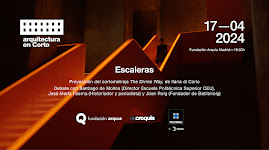




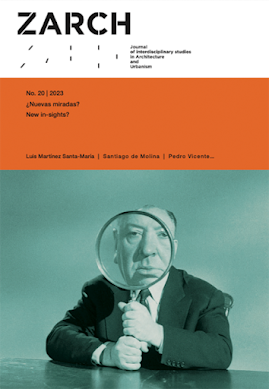
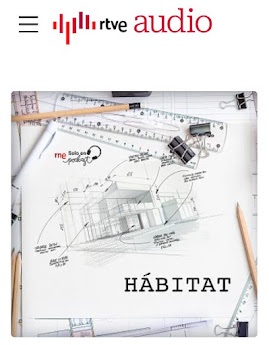
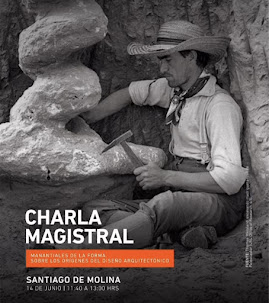
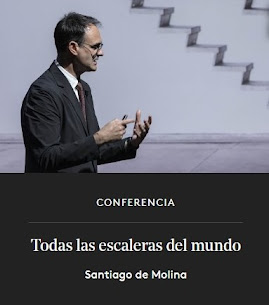

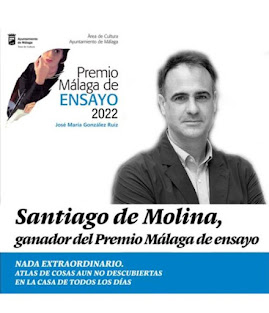


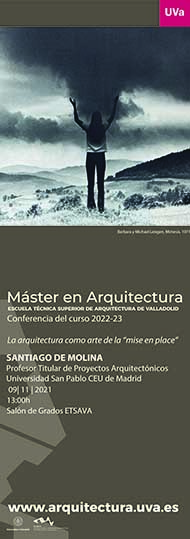
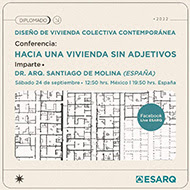
























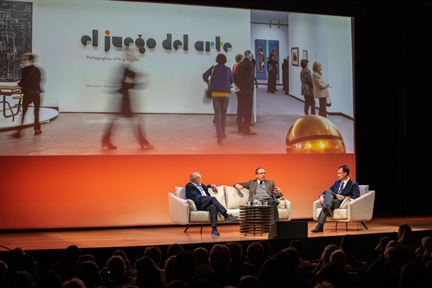




















































No hay comentarios:
Publicar un comentario